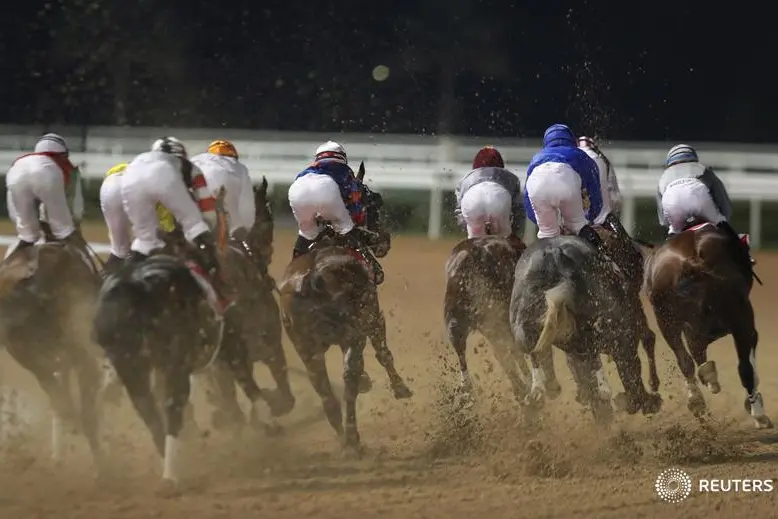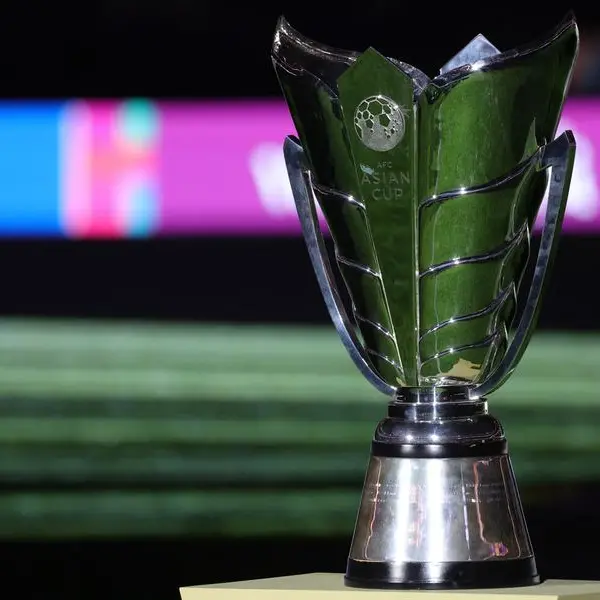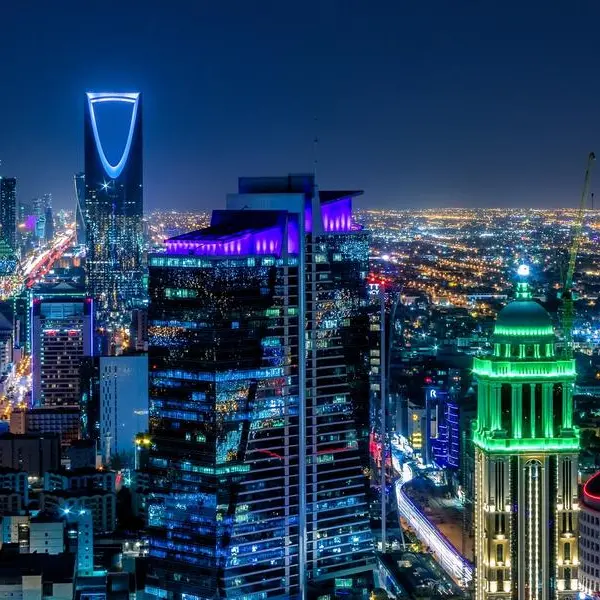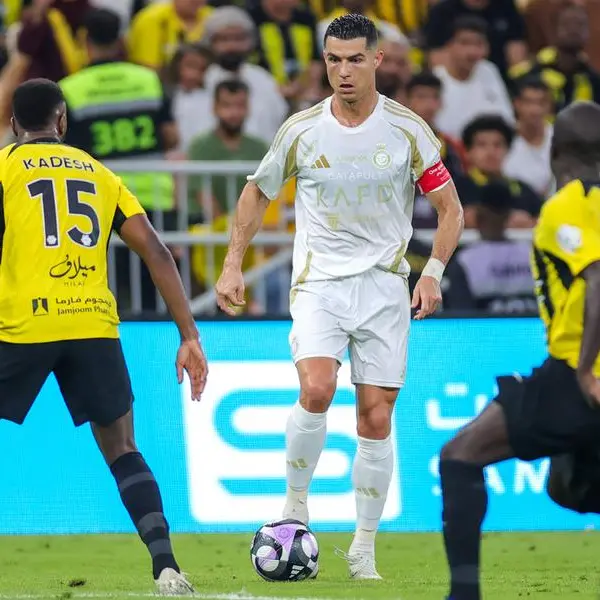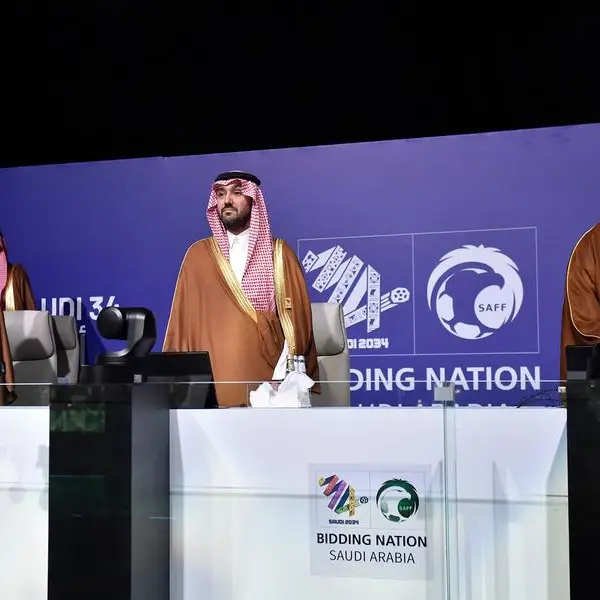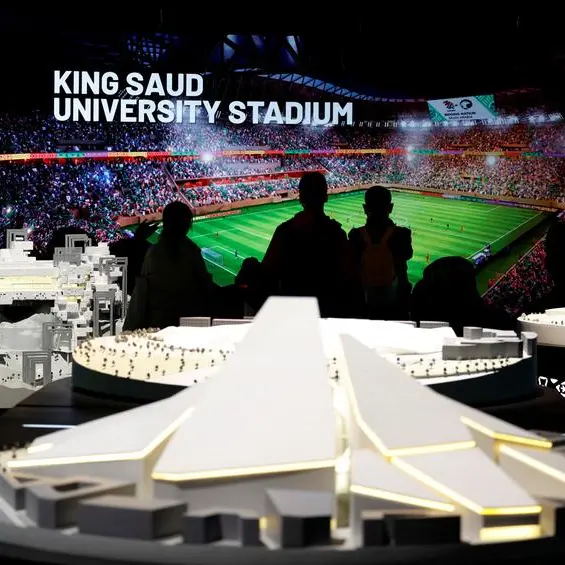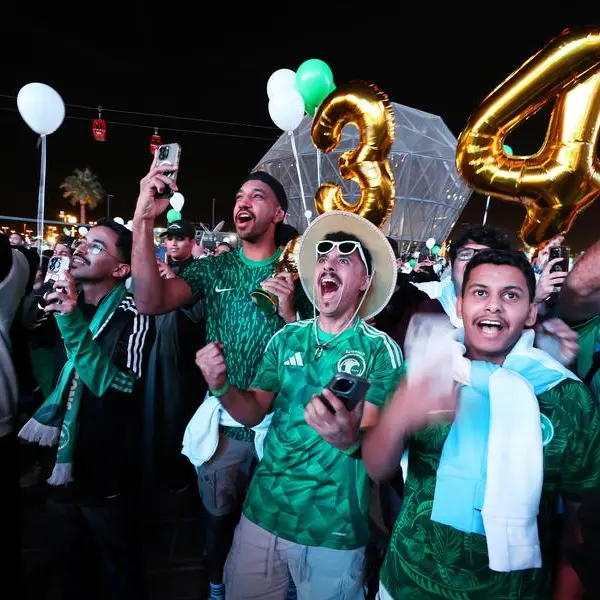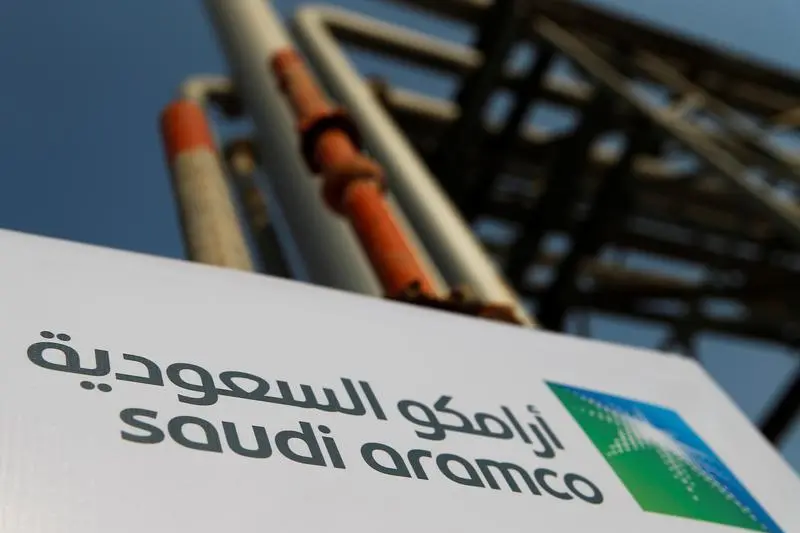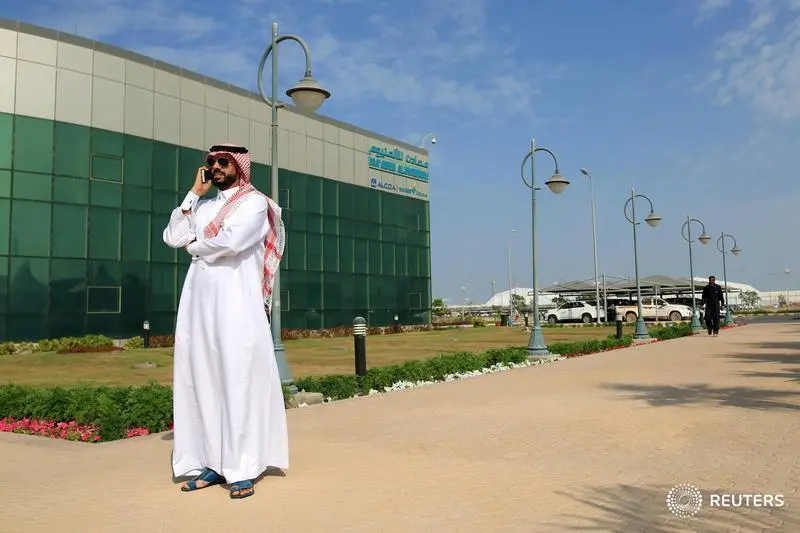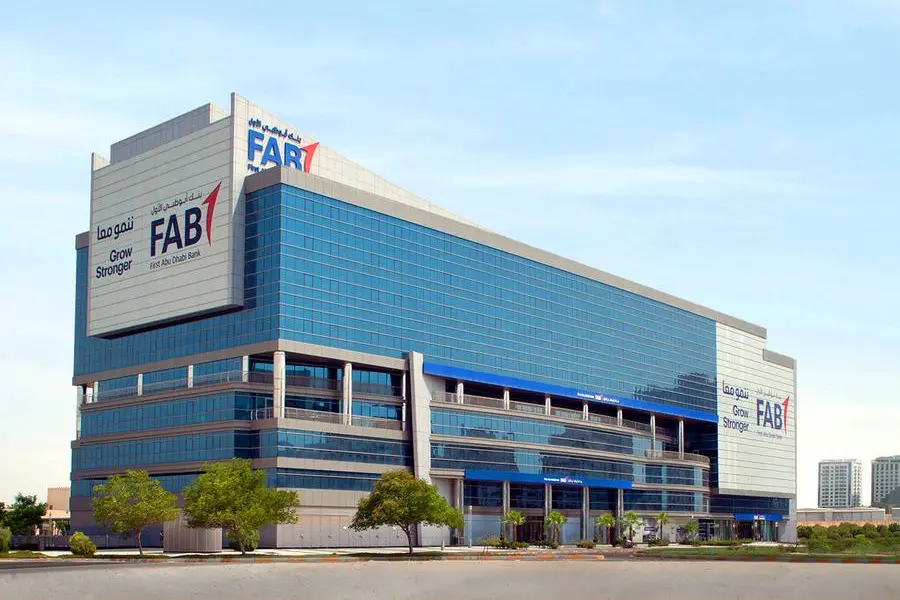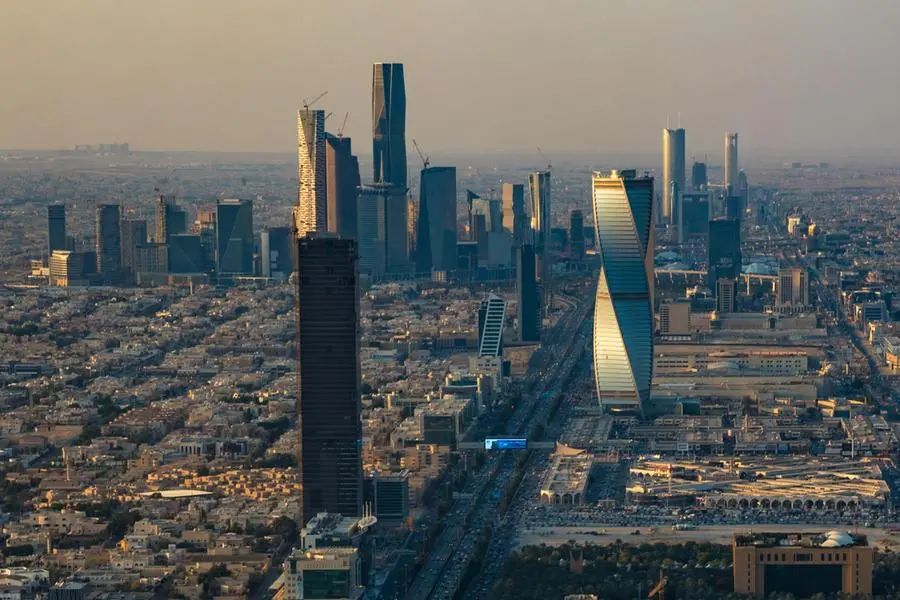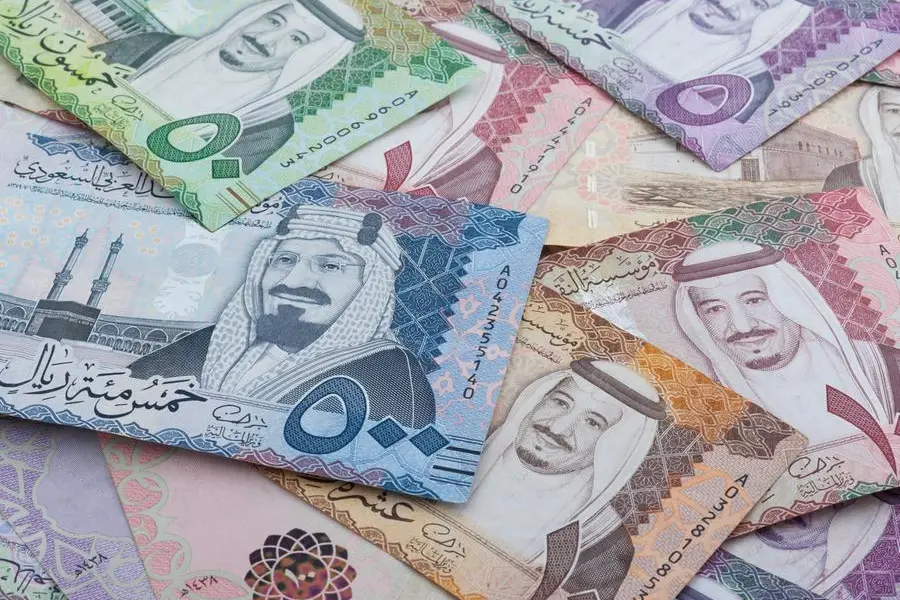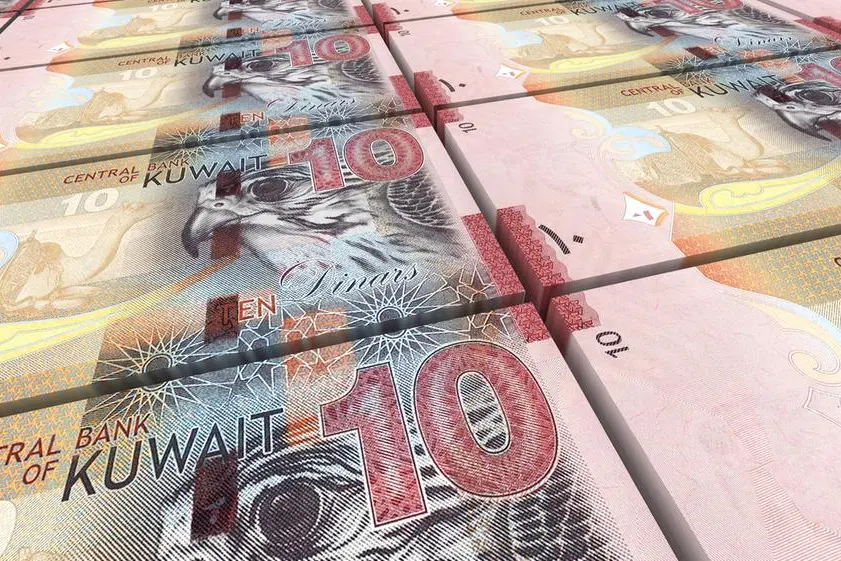PHOTO
The sport of horse racing is filled with stories of races that have been won, or lost, due to ‘track bias’ or a ‘draw’ that has been a substantial advantage, or disadvantage, to horse and rider.
Understanding the two variables and how they interconnect to affect the outcome of a race is something that former Group 1-winning jockey Ahmed Ajtebi has offered an understanding of and perhaps at no more an important time.
On Tuesday evening, the highly-anticipated ‘Post Position’ draw for Saturday’s 26th Dubai World Cup will be held for the first time in the event’s history at the Dubai Opera, a ceremony that is hard to match for sheer drama.
Ajtebi has experienced the highs and lows of the draw, which determines which gate a horse will race from in the $12 million Dubai World Cup or its supporting races.
The Emirati, who famously rode a stunning big-race double on Dubai World Cup night in 2009, winning the Dubai Duty Free aboard Gladiators and the Dubai Sheema Classic with Eastern World, acknowledges that Meydan Racecourse has a track bias, which is closely interwined with the draw a horse receives.
“Given the way that the dirt track at Meydan has been designed it has a bias of suiting a low draw, just as most racecourses in the world do,” Ajtebi said.
“I would say that anywhere between 4 and 7 gives you a substantial advantage, while the wider draws are not that favourable.
“You would like your horse to be in the front of just handy off the pace to give him every chance of winning.
“A good draw makes this simple while a difficult draw will influence the tactics a trainer of jockey must employ in the race.”
Interestingly, Ajtebi won the Dubai Duty Free (now Dubai Turf) with a powerful front-running effort from Gladiators while Eastern Anthem had to travel around the entire field in the straight to win the Sheema Classic.
Two contrasting styles of victory which Ajtebi has an explanation for.
“All nine races on Dubai World Cup night are different in distance and the surface on which they are run,” he says. “There are two races where the draw does not matter. The 1800 metre Turf race and the 3,200 metre Dubai Gold Cup.
“In the turf race, you have ample time to settle your horse after the break because you have a long straight in front of you. The Gold Cup is a long race and there is always time to get into a good position from where you can let your horse run his race.
“The Godolphin Mile is a 50-50 contest when it comes to the draw but that is not the case in the UAE Derby,” Ajtebi adds. “Both races are run on the dirt and don’t give you too much time to maneuver, after the start.
“Particularly the Derby where soon after you jump you have to negotiate the first turn straightaway. So if you are drawn on the inside and your horse does not have the early speed you are in trouble and this is the same for a horse on the outside. This is a race where a middle position draw is a great benefit.”
Ajtebi did not win the Dubai World Cup but he did come close on two occasions when he finished second and third at the old Nad Al Sheba Racecourse.
This is the race where the draw is of the greatest importance and can have serious impact on the outcome of a race.
“The dirt track at Meydan favours the front runner, very rarely do you see horses come from behind and win unless the leaders are weakening,” Atebi says.
“You need a good, strong horse to win a race like the Dubai World Cup, but a good draw will help make a jockey’s task easier.”
Ajtebi, who is now involved in the heartwarming Dubai Racing Club managed Dar Al Khail initiative, to rehome and retrain ex-racehorses across the UAE, then revealed why Saturday’s Dubai World Cup is special
“In my opinion, this is one of the best races in the last five to six years because you have depth and talent,” he says. “The top American trainers have brought their best to Dubai and you have horses that have won major races here competing against the UAE’s best.”
Copyright © 2022 Khaleej Times. All Rights Reserved. Provided by SyndiGate Media Inc. (Syndigate.info).
